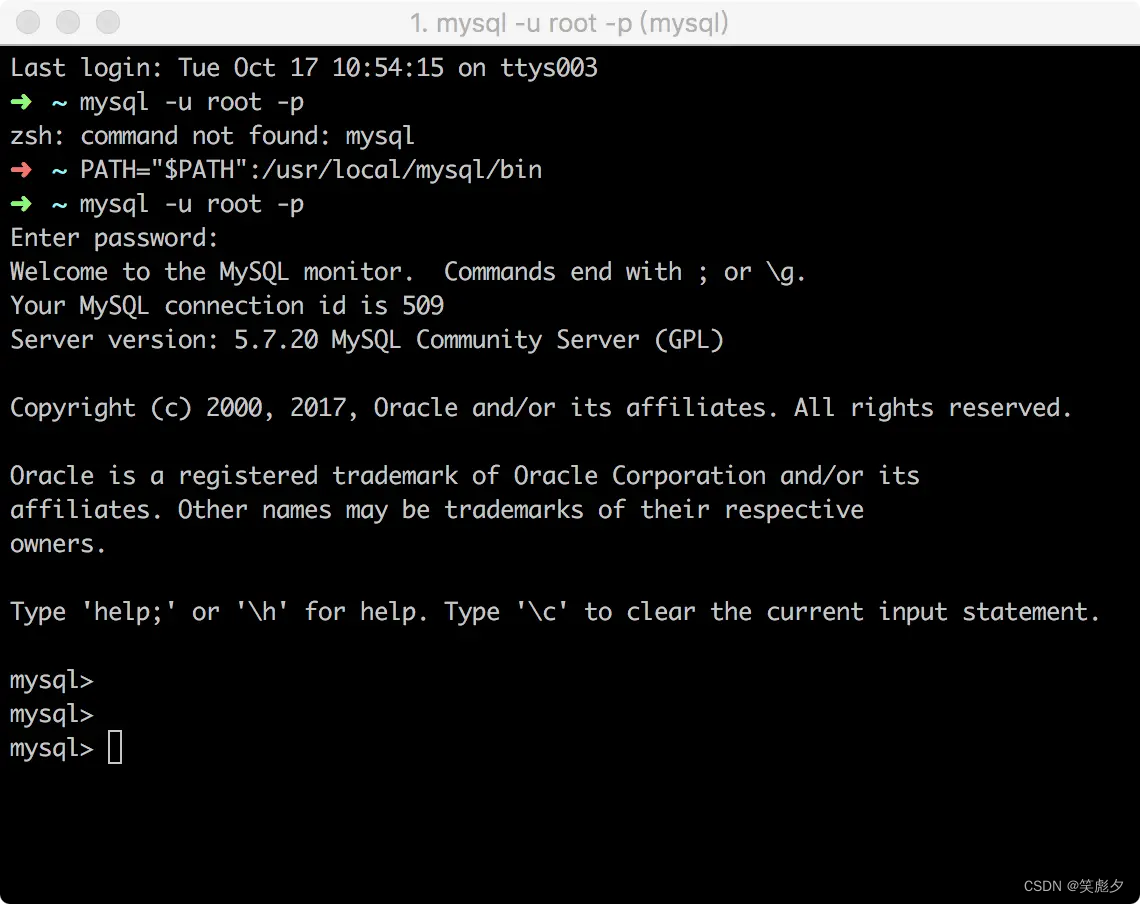1. Homebrew
1. Homebrew installation
/bin/zsh -c "$(curl -fsSL https://gitee.com/cunkai/HomebrewCN/raw/master/Homebrew.sh)"The Old_Homebrew folder on the desktop can be deleted if there is nothing you need.
2. Uninstall Homebrew
/bin/zsh -c "$(curl -fsSL https://gitee.com/cunkai/HomebrewCN/raw/master/HomebrewUninstall.sh)"3. Introduce several brew commands
View version: brew -v Update brew version: brew update
Find: brew search python (where python is replaced with the keyword you want to find)
Installation: brew install python. After the installation is complete, enter python3 -h to view
Local software library list: brew ls
2. Mysql detailed tutorial
1. Shell script automatically executed during startup
These scripts are used to set the environment information of Mac. The execution order of these scripts is:
/etc/profile
/etc/paths
~/.bash_profile
~/.bash_login
~/.profile ~/.bashrc
2. Open the terminal and configure the MySQL environment
vim .bash_profile
Press the letter i key to switch to the input state and add the following configuration:
export PATH=${PATH}:/usr/local/mysql/binPress the ESC key to exit the input state, enter: wq and press Enter.
Then execute source .bash_profile to make the configuration take effect. To ensure successful configuration,
vim ~/.zshrc Follow the above steps.
Enter mysql --version. If the MySQL version information appears, the configuration is successful.

3. Change account password
mysql -u root -p
set PASSWORD =PASSWORD('123456');